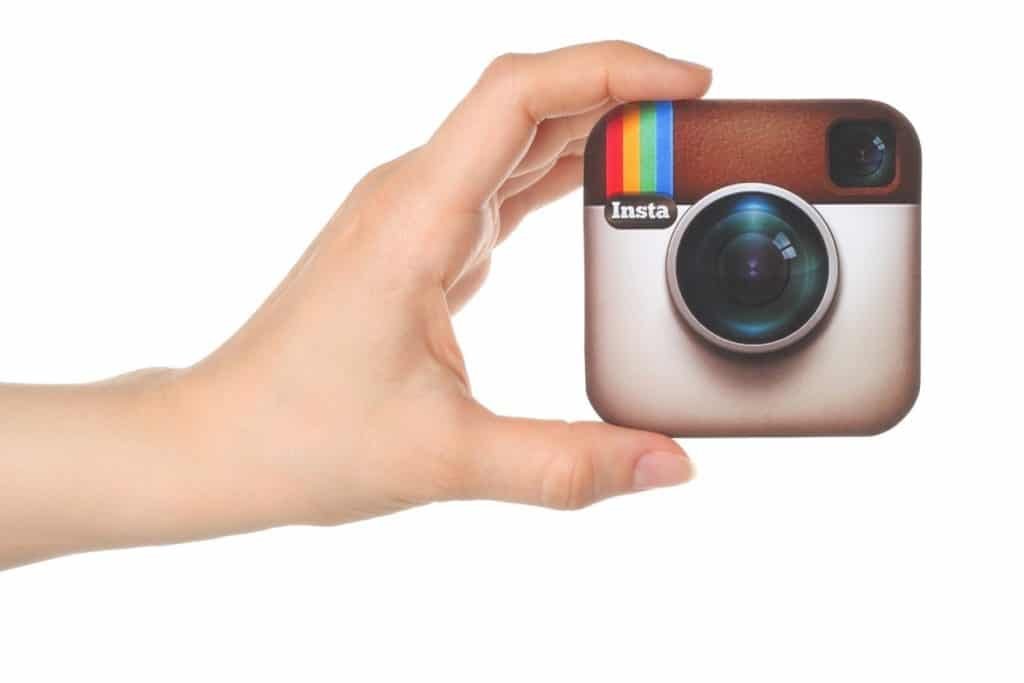By Daniel Victor – The New York Times
When Justin Bieber posted on Instagram for the first time in July 2011, he did not enthrall his army of fans with a shirtless selfie or a meticulously planned photo shoot.
He just wanted to complain about traffic in Los Angeles.
Out of focus. Mundane scenery. Not particularly artful. No matter. These were the early days of Instagram, before smartphones included cameras that could produce higher quality images than the point-and-shoots of yore.

Most celebrities now, some with tens of millions of followers, put far more care into what goes on the platform. Instagram has become central to their public images. The same goes for teenagers who just want to look cool, as well as everyone in between.
Before resigning on Monday, Kevin Systrom and Mike Krieger, Instagram’s co-founders, presided over a company that grew into a cultural powerhouse. Along the way, they got help from technological advances and societal changes that demanded an app like Instagram.
The beginnings
Instagram was founded in 2010, but initially focused on location check-ins as an app called Burbn. Mr. Krieger and Mr. Systrom noticed that early Burbn users were heavily using the app’s photo features, so they retooled it around sharing photos and changed the name.

It was, in many ways, the perfect time to release a photo-sharing app. Flickr, which had once dominated web-based photo sharing, was on the decline. Apple unveiled its iPhone 4, which had a five-megapixel camera, then considered a major leap. Anyone with less of a camera could apply Instagram’s easy-to-use filters to obscure any graininess.
Within hours of Instagram’s release, thousands of people had downloaded it. It passed one million users about two months later. In 2012, it had 40 million users. Now more than one billion people use it, and analysts expect continued growth.
Eighteen months after Instagram arrived, Facebook bought it for an eye-popping $1 billion. Bloomberg Intelligence recently valued it at 100 times that figure.
A simple, staged stream of positivity.
Instagram’s concept was simpler than those of competing social networks. It offered a stream of photos — and later videos — that were more often than not pleasant or artful. There were no heavy news stories or invitations to download new apps mucking up feeds.
As cameras improved in smartphones, so did users’ desire to share their photos. Instagram has weathered a challenge from its upstart rival Snapchat, partly by mimicking Snapchat’s popular Stories feature, which displays photos for 24 hours before they disappear.
Critics say Instagram offers a carefully staged version of everyone’s best life — which, in turn, can inspire nagging feelings of envy, or exhaustion at keeping up a facade, or a crushing need for approval, or a thirst for realness.
On the other hand … doesn’t this brunch look great? Isn’t this dog perfect?
For all the behaviors it inspires, the app has remained a primary way to keep in touch with friends, and maybe kill a minute or two in the line at the grocery store. It even works as a dating app.
Celebrities claim their own voices
While the growth was driven by everyday users, much of the app’s cultural clout comes from its utility to celebrities, who also have quite an interest in putting their best foot forward.
At first, the servers struggled to keep up when Mr. Bieber would post a photo. Now, instead of learning about stars through the probing questions of reporters, fans follow celebrities’ Instagram accounts to get a look at their personal lives — however highly scripted.
Met Gala attendees offer an inside look. N.B.A. stars have put their workouts on Instagram, giving eager fans off-season sustenance. The pope offers multilingual spiritual guidance.

A-listers like Beyoncé and Kylie Jenner announce pregnancies and births on the platform instead of magazine covers. Stars ensnared in scandal will post text or video statements and apologies before news sites can update their articles.
As much as it props up established celebrities, Instagram has also given legs to new ones. It has turned everyday users into paid “influencers” hawking brands, as long as they have enough followers. A high-profile Instagram account can rapidly be leveraged into professional opportunities.
But even those who have profited deeply from the platform say they need occasional respite. Selena Gomez, who at 143 million followers holds Instagram’s largest audience, said on Monday that she was taking a break from social media.
“As much as I am grateful for the voice that social media gives each of us, I am equally grateful to be able to step back and live my life present to the moment I have been given,” the pop star wrote alongside a blurry selfie.

